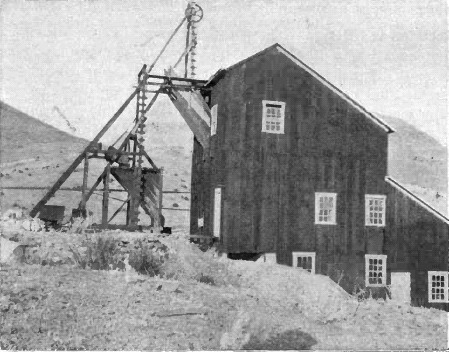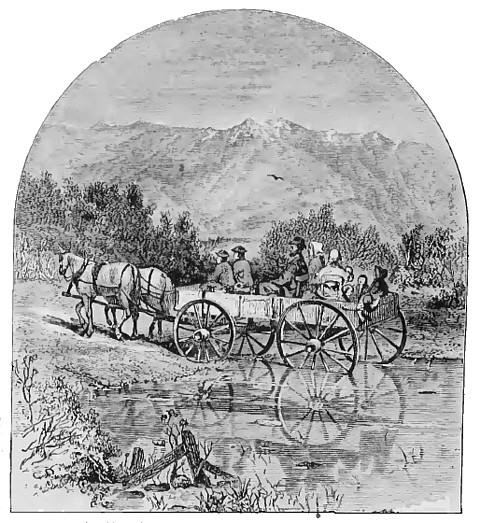Herman Ehrenberg, for whom the town of Ehrenberg on the Colorado River is named, was a German by birth. At an early age, he left his native country, and, landing in New York, worked his way down to New Orleans, where he had located when the Texas War of Independence broke out. He enlisted in the New Orleans Grays, and was present at the battle of Goliad and Fanning 's defeat, being one of the few who survived the barbarous massacre of prisoners who surrendered at that time to the Mexican authorities. He returned to Germany at the close of the Texas War, and wrote an account of that interesting period, giving full information of the new country, which induced a large number of Germans to settle in Texas.
He returned to the United States in 1840, and joined a party at St. Louis, which crossed the continent to Oregon. From thence he went to the Sandwich Islands, and, after wandering in Polynesia for a few years, returned to California in time to join Colonel Fremont in his efforts to free California from the Mexican rule.
When the Gadsden Purchase was perfected, his restless ambitions were directed to Arizona, with the history of which Territory he was closely identified to the time of his death. Charles D. Poston with Herman Ehrenberg, after a preliminary tour in 1854-5 from the gulf coast, formed a company in the east, and in 1856 began the development on a large scale of silver mines near Tubac. When the Sonora Exploring and Mining Company was organized in 1856, with Major, (afterwards Major-General), Heintzelman as President, Ehrenberg was appointed topographical and mining engineer, and surveyor, for that company.
For a number of years he was actively engaged in the operation of the Cerro Colorado and other mines near the Sonora line, the reports upon which first gave him a reputation as a mining engineer in San Francisco and New York. Ehrenberg's map of the Gadsden Purchase, although the first, was accredited as being one of the best at that time of the Territory of Arizona. In 1862-63, Mr. Ehrenberg was attracted by the rush of miners to the Colorado River, and was one of the earliest settlers at La Paz, where he made his residence at the time of his death. In connection with B. Phillips, he took an active part in developing the Picacho mine near La Paz. He was interested with Messrs. Gray, Cunningham and others in the Harcuvar Copper Mines, afterwards known as the Yuma Copper Company, on the direct road from La Paz to Weaver, to which road the miners gave his name in 1864, in view of his being the first to call attention to its great advantages.
Mr. Ehrenberg visited Prescott in May or June, 1864, when the town was being laid out. During the year 1866 he spent considerable time there examining the mines in that vicinity. He wrote several excellent descriptions of Northern Arizona for the Alta California, of which paper he had long been a favored correspondent. A man of acknowledged integrity, he was both scientific and practical; a careful and accomplished student of geology, mineralogy and metallurgy, he was an authority on all matters relating to mining. His reports were never overdrawn, and invited most critical investigation. To have him speak well of a mine was to establish its reputation at once. As a writer he was clear and precise, and his contributions to the various mining journals would make a valuable volume. He was a fearless and enthusiastic pioneer. He loved the frontier and was never so happy as when roaming around the hills of Arizona, eagerly examining their rich metallic formation.
He was unobtrusive as a citizen, but was progressive. He was repeatedly offered offices, but the only one of which there is a record of his having accepted was, when in connection with Thomas E. Dunn, in 1864-66, he was Indian agent for the Mohave Indians on the Colorado River Reservation. All other political offices he refused, although in all that tended to the welfare of society, he had the liveliest concern. His death was mourned, not only through the Territory of Arizona, but by the mining men of San Francisco and New York, and in the scientific circles of Europe. He was shot at Dos Palmas, California, on the road from San Bernardino to La Paz, in October, 1866, by parties unknown, but it was supposed by the local residents at the time to have been Indians.
Return
to The Arizona Page:
Arizona Gold Rush Mining History



